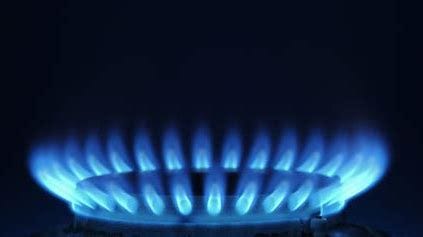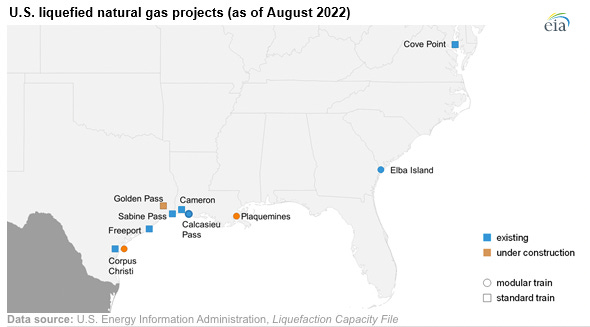Good news for natural gas: California gas ban gets a setback today and more
The U.S. natural gas industry is the largest producer in the world and is on track to retain that title
While natural gas continues to be under attack in the U.S., there is good news that needs to be highlighted.
Today, April 17, 2023, an appeals court ruled that a California city ordinance banning natural gas hookups in new buildings was null and void because it is preempted by federal law. Bloomberg Law reported:
The panel’s decision was a win for the California Restaurant Association, which argued the Berkeley, Calif., ordinance was preempted by the Energy Policy and Conservation Act. The city said the ordinance would help control emissions and “eliminate obsolete natural gas infrastructure.” But it effectively amounted to a ban on natural gas appliances, the CRA told the US Court of Appeals for the Ninth Circuit. Berkley can’t bypass preemption by banning natural gas piping within buildings rather than banning natural gas products themselves, the panel wrote.
The Ninth Circuit ruling is especially important because 40 cities and counties in California followed Berkley with building code restrictions for natural gas. Twenty-three local governments have effectively banned natural gas by requiring all-electric in new residential buildings. All of these building code restrictions will now need to be reviewed.
More good news is that Texas legislators are debating this week two bills that passed committees last week aimed at adding more natural gas power to help stabilize the Texas grid. The Texas Tribune reported:
The Texas Senate on Wednesday approved two major bills aimed at building more on-demand power generators such as natural gas-fueled plants in the state. The goal of the bills, according to the sponsors, is to prevent another catastrophic power shortage like the one that killed more than 200 people in 2021 as freezing temperatures knocked power production offline and left millions of Texans shivering in the dark.
Finally, three new LNG export facilities are under construction along the U.S. Gulf Coast due to the big increase in U.S. LNG following the European “dunkelflout,” the German word for a period of time in which little or no energy can be generated with wind and solar power because there is neither wind nor sunlight. After Russia’s invasion of Ukraine and an unknown entity or entities blowing up the Nortstream pipelines, Europe suddenly decided that U.S. liquified natural gas was a good thing. As a result of many long-term contracts to buy U.S. LNG, new U.S. LNG export facilities have been approved and are under construction.
Calcasieu Pass LNG placed all of its liquefaction trains in service last August ahead of schedule. Golden Pass LNG, which started construction in 2019, and two more projects, Corpus Christi Stage III and Golden Pass on the U.S. Gulf Coast, recently began construction. These new facilities are expected to increase U.S. LNG exports to 20 Bcf by January 2026.
Once completed, the three export projects under construction will expand U.S. LNG peak export capacity by a combined 5.7 Bcf/d by 2025:
Golden Pass LNG consists of three standard-size trains, each with a peak capacity of 0.8 Bcf/d, for a total capacity of 2.4 Bcf/d. Golden Pass LNG is on the site of an existing regasification facility and will use shared infrastructure, which helps to reduce project costs and shorten the construction timeline.
Plaquemines LNG consists of 24 mid-scale trains, each with a peak capacity of 0.07 Bcf/d. Each liquefaction train is part of a two-unit block for a total of 12 blocks with a combined peak capacity of 1.8 Bcf/d.
Corpus Christi Stage III is on the site of an existing terminal with three liquefaction trains in operation. Each of the 14 new mid-scale trains under construction has a peak capacity of 0.11 Bcf/d. Each train is part of a two-unit block for a total of seven blocks with a combined peak capacity of 1.6 Bcf/d.
U.S. natural gas is on a roll.







Thanks Six Bravo. It will be interesting to see how this court decision plays out but it is definitely an important turning point.
Great summary. Any thoughts on how this might impact California's electrification plans, or the favoring of renewables over natural gas such as through CARB's cap and trade?